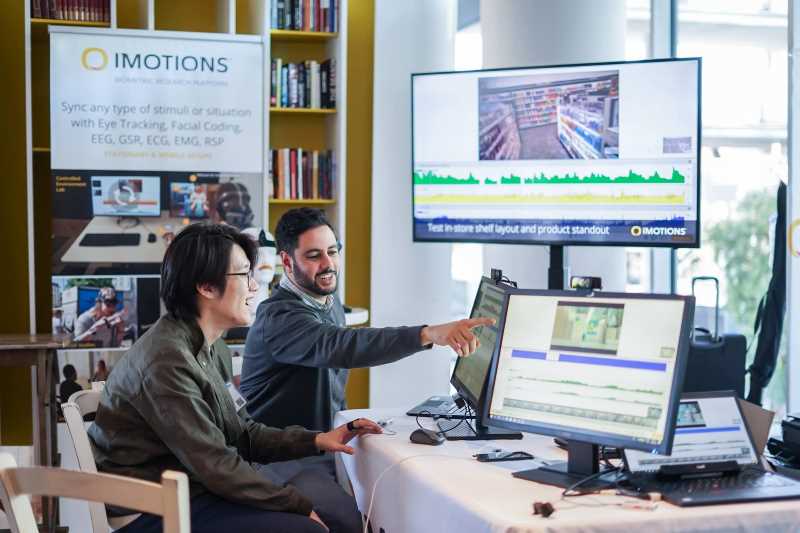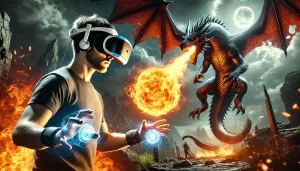Abstract: Literature indicates that both academic tasks (Deater-Deckard et al. 2013; Skinner et al. Educational and Psychological Measurement, 69(3): 493–525, 2009) and video gaming (Irwin The Journal of Psychology, 133, 157–164, 1999; Laffan et al. Computers in Human Behavior, 65, 544–549, 2016; Whitton Simulation & Gaming, 42(5), 596–609, 2011) have qualities that engage and captivate individuals. This case study reports the findings of a new method for simultaneously capturing the emotional, psychophysiological response and personal experiences of one expert videogamer and one expert writer (N = 2). This method used a combination of 1) participant pre- and post- task activities/objectives questionnaires, 2) measurement of an engaged task using Galvanic Skin Response (GSR), Electroencephalogram (EEG), and facio-muscular emotional recognition Emotient software, and 3) a Flow State Scale (FSS-2) to understand the participant’s depth of engagement. After completing a thematic analysis of each expert’s activity, findings indicated both experienced a flow-like state that coincided with increased facio-emotional values of confusion (D’Mello et al. Learning and Instruction, 29, 153–170, 2014), decreased GSR, and increased EEG brain activity (Beta and Gamma), providing indicators of engagement. This combination of emotional and psychophysiological indicators that coincide with goal attainment suggests the possibility of shared states that quantify engagement across different tasks. The findings provide an outlet to explore the characteristics of complex learning tasks and suggest the possibility of universal indicators of individualized engagement across learning domains.
Scientific Publications from Researchers Using iMotions
iMotion is used for some of the most interesting human behavior research studies done by top researchers around the world. Contact us to have your publication featured here.
All Publications










